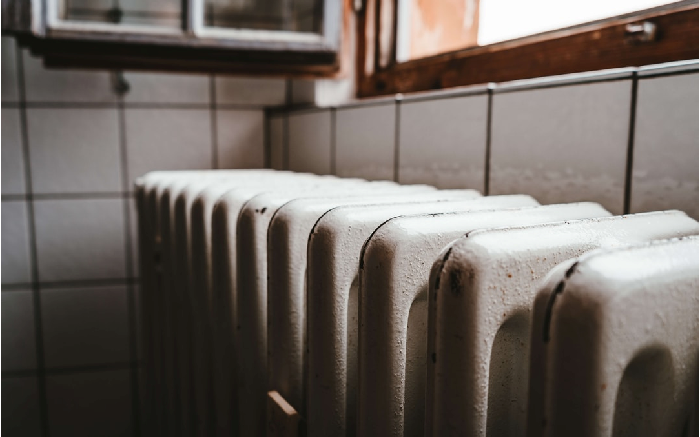It may be one of the appliances in your household you think about least, but your thermostat is an all-important valve that keeps your household going through the cold winters and humid summers. If you notice your furnace or air conditioning isn’t delivering, the problem may go beyond your HVAC system. Your thermostat could actually be the culprit in all of this.
- Power Troubles
While you may think a faulty thermostat is just a glitch, there are a handful of reasons the thermostat could malfunction. Your thermostat’s issue may not be with the device itself, but its power sources. If you’re having power issues with your digital thermostat, have a licensed HVAC technician check the power going to it to ensure there won’t be any future issues.
Problems with your circuit breaker, like a blown fuse, might be interrupting power to your HVAC system. Resetting the circuit breaker or replacing that blown fuse could get the furnace and air conditioning properly functioning almost immediately. The problem could also be as simple as checking the power switch near the furnace, which usually powers the low-voltage thermostat as well as the unit itself.
- Older Thermostat
If your current thermostat came with the house when you bought it, it may be time to consider a new one. If your thermostat is more than ten years old, it could be nearing the end of its lifespan. Older thermostats also have outdated technology, meaning it doesn’t offer the smart programming features that a modern one can.
Thermostat malfunctions can be rectified almost immediately by the installation of a new thermostat. Programmable thermostats are also much more energy-efficient, as homeowners can control when the heat or air conditioning triggers on. This will assure a room temperature that is consistent with your comfort levels without having to put constant strain on your HVAC system for a larger or smaller space.
- Thermostat Location
Another common reason your thermostat is not functioning properly is that it was not installed in a proper spot in your living space. If your thermostat is installed in an area where it’s getting hit by direct sunlight, that’s actually causing it to read the temperature as hotter than it is. This direct sunlight causes exterior wear and tear, but it also forces a home’s HVAC system to work harder than it needs to.
A thermostat should not be located near outside doors and windows, as well as heat sources. Outside temperatures and heat emissions are also to blame for inaccurate room temperature readings. Experts suggest the thermostat should be located close to the air return ductwork of an HVAC system for the most accurate reading possible.
- Programming Issues
Thermostats have certainly come a long way, with digital models now coming with a variety of functions never seen before in HVAC technology. Much like your phone or computer, the software from these types of thermostats could be what is causing issues in getting your entire system running. Faulty wiring can also be to blame. Have a technician take a look under the cover of a thermostat to see if wires are malfunctioning, or if dust and crud have muddied things up to prevent them from running properly.
Wiring and other sensors should be factored in when figuring out how to design a small kitchen. From decor and cabinetry to the refrigerator and stove you want, you need to make sure your dream kitchen has the capability of handling your dreams. A larger space may be ideal if you need additional storage, but a small kitchen layout could be smart to maintain a lot of space throughout the rest of your household for when you host your next dinner party.
